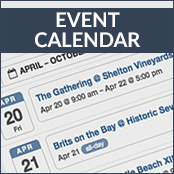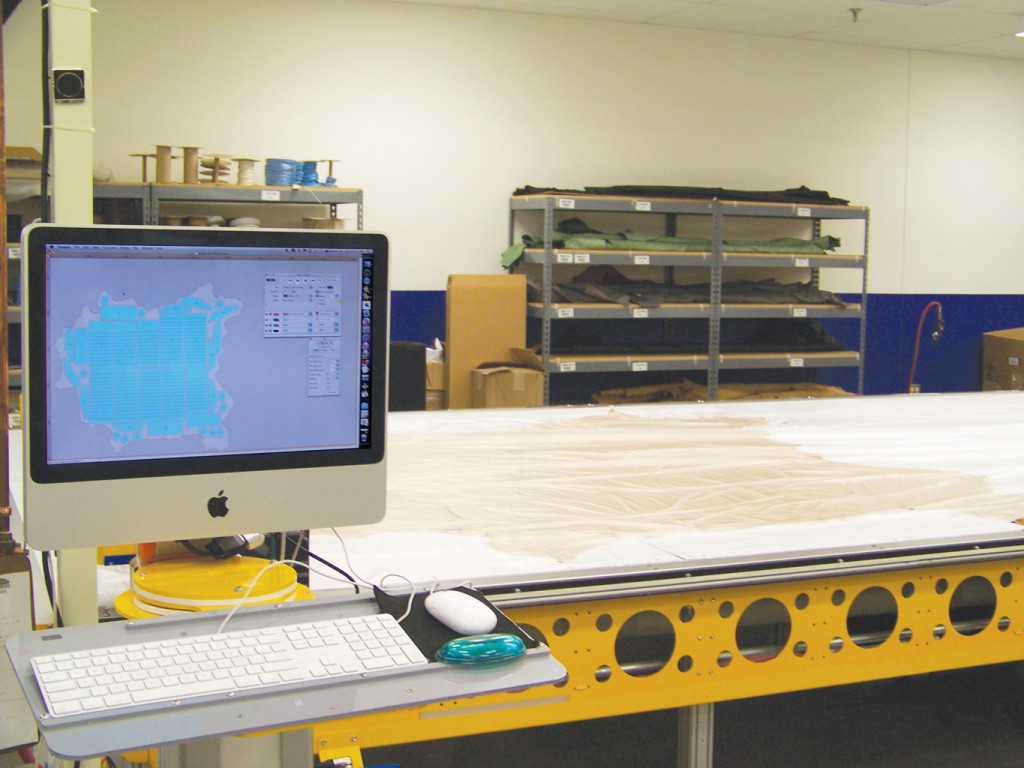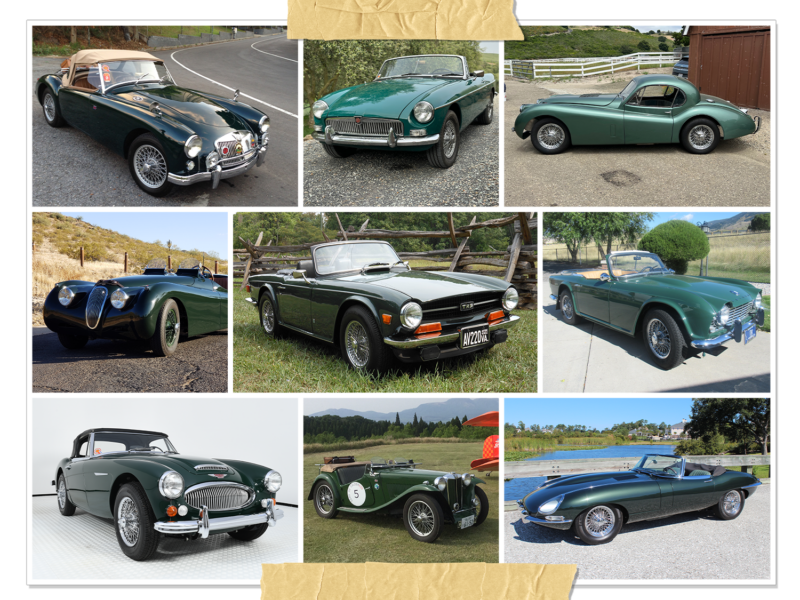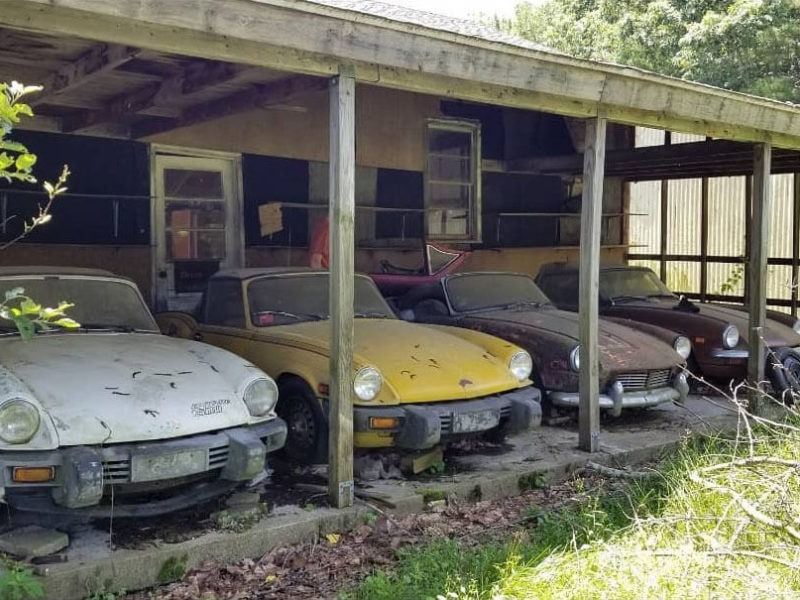Doing the exact same thing every day sounds like a recipe for going insane. However, when it comes to manufacturing upholstery kits, doing it the same way every time is how we ensure consistent quality. We opened the Moss upholstery manufacturing shop a little over 30 years ago because we felt it was the only way to achieve the same result every time.

Kits were once hand-cut from the Lexan templates Robert made. Today the process is computer-controlled ensuring precision and consistency, but Moss keeps Robert’s old patterns just in case.
For many years prior, we used local upholstery shops, or bought preexisting kits from other vendors, but they were never really right. Either the patterns weren’t original, or the colors and textures varied all over the map. Something had to be done, so a decision was made to open our own shop and hire an expert to run it. Thus began our association with John Sarena.
John was not only a perfectionist, but he also happened to be one of the premier upholstery experts for the 1955-’57 Chevy crowd. If you’ve ever wanted to see car show judging taken to the ultimate extreme, just have a look at the originality guide book John helped create. He had the temperament to make sure the new line of Moss kits would look right and fit right.
I started working in the shop in the spring of 1981 at a time when John was really beginning to bear down on pattern making. The goal seemed simple. We wanted to build a new set of patterns for each car, also making sure that the colors, grains, stitching, piping, and any other details were duplicated as closely as possible.
When it came to patterning seat covers, John often had little more to work from than torn, faded, shrunken lumps, with stuffing and mouse droppings falling out. Supposedly, these things had once been seat covers. Decades of neglect had turned them into dinosaur fossils.
My first role at the shop was to take John’s cardboard master patterns, once he was satisfied with the shape, and turn them into working patterns. In those days, GE Lexan wasn’t as well known as it is today, but somebody had come up with the idea of using it for permanent working patterns, so I spent my days tracing cardboard pieces onto 4×8-foot sheets of Lexan and cutting them out with a jigsaw.
Patterns made from plexiglass or waterproof panel board are much cheaper to make, but plexiglass is brittle and the edges of panel board turn to mush after years of being traced around. We often used to wonder why Amco tonneau covers were always too small. When Amco shut down, we saw the remains of their patterns. The edges were all mush; they must have shrunk considerably as material wore away off the edges.
Lexan, on the other hand, is very tough. In fact, many of the patterns I personally made in 1981-’82 were still in use up until the recent advent of our CNC cutting machine. The other advantage of a transparent material like Lexan is the fact that you can look through it to spot blemishes when laying out pieces on leather hides.
John and I both learned an important lesson about the construction quality of British cars. When we did the Triumph TR3, he made one door panel and told me to make a mirror image for the other side. I did as instructed, but the piece didn’t fit, not by a long shot. After much research and gnashing of teeth (and a jaundiced eye or two turned my way), John finally concluded old British cars aren’t necessarily the same side to side—imagine that—and it wasn’t just the Triumphs, as MGs, Healeys, etc., all had issues.
Through the years, we’ve worked to be as boring as possible, making the same exact kits day in and day out. Consistency is much harder to achieve than chaos, and after over 30 years in the business, we’re still trying to be perfect about it.
By Robert Goldman










'Of Fossils, Upholstery, And CAD' has no comments
Be the first to comment this post!